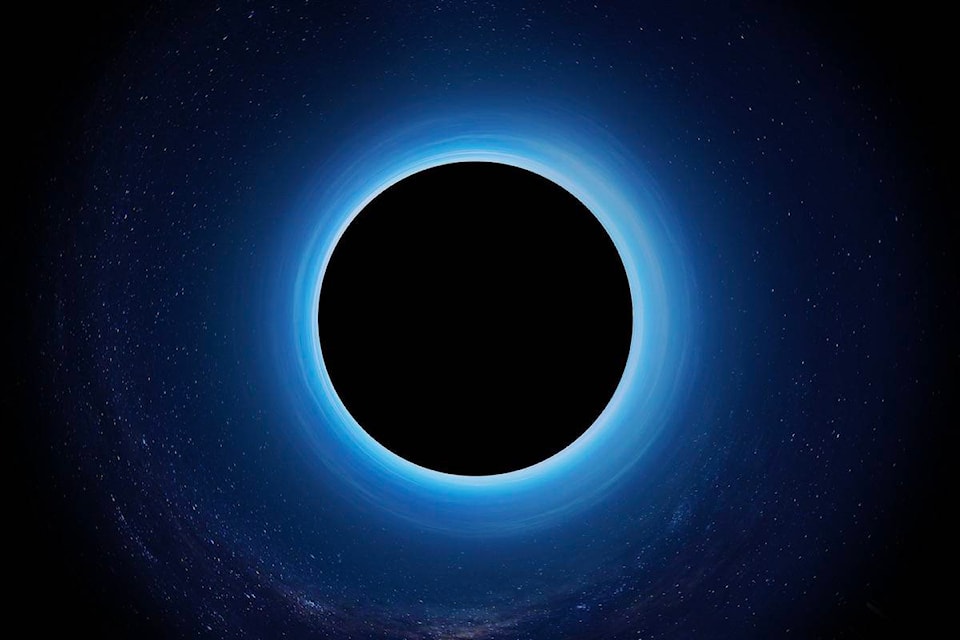We have known about dark matter and dark energy for at least a decade but as yet still have no idea as to what they are. To make the issue worse, these two ingredients of the universe make up about 95 per cent of the matter in it. The matter making up us, our planet, the sun, Milky Way and everything else we can see in the universe adds up to the other five per cent. A discrepancy this big cannot be put down to bad measurements. It must be real.
Dark matter turned up when astronomers measured the orbits of stars in galaxies. If we know the orbital speeds of stars and how far they are from the centre of their galaxies we can determine the mass of the galaxy and how it is distributed. However, the calculation indicated there is much more material in galaxies than we see. This unknown stuff needed a name, so it ended up being called dark matter. The name is meaningless in that we have no idea what it is, or even if it is what we understand as matter at all.
The issue of dark energy is even stranger and is linked to the expansion of the universe. When that expansion was first discovered, it was logical to see if the expansion could be calculated backwards to see what happened in the past. This led to the discovery that at a point in the past, currently estimated to be just under fourteen billion years ago, everything in the universe, including space and time, were in one lump, which then started to expand. The Big Bang Theory was born.
If the Big Bang threw everything outwards, the expansion would be working against the gravitational attraction of everything in the universe trying to pull it all back together into one lump. The result would be that the expansion would slow over time, and might even reverse one day. However, the most distant galaxies tell us a different story; the expansion is speeding up. Imagine throwing a ball in the air and instead of it slowing and then falling back, it accelerated upwards, out of sight. As both common sense and Newton’s First Law say, things only accelerate when a force is acting on them. This outward force has become known as dark energy. As in the case of the dark matter, giving it a name does not tell us what it is. But now a project is coming together that should be a major step towards finding out.
The main priority is to come up with more and better data on how quickly really distant galaxies are being carried away from us by the expansion. Since the light from a galaxy a billion light years away from us has spent a billion years getting to us, we see it as it was a billion years ago. By looking at more and more distant galaxies we are looking further and further back in time. By measuring the speed that the galaxy is moving away from us, we know how fast the universe was expanding back then. So to help us get a better understanding of what dark energy might be, we need a lot more measurements of really distant galaxies. To address this need an international team of researchers has come up with a device called the Dark Energy Spectroscopic Instrument (DESI). Inside DESI are 5000 optical fibres. Each of these fibres can be used to capture the light from one galaxy. Measuring one selection of 5000 galaxies will take about 20 minutes, including galaxies as far as 10 billion light years away, that is 10 billion years back in time. The observing plan is to measure 35 million galaxies.
Our ignorance is underlined by the diversity of ideas as to what it could be. One idea is that it is vacuum pressure, random fluctuations in the fabric of space-time. Another is that gravity is more complicated than we think. In nature, every force has a counter-force, except gravity. Maybe it does, and we are seeing evidence of it. We need data.
Jupiter and Saturn lie low in the southwest after dark. The moon reaches last quarter on Nov. 18. Mars lies very low in the east before dawn.
Ken Tapping is an astronomer with the Dominion Radio Astrophysical Observatory near Penticton. Email: ken.tapping@nrc-cnrc.gc.ca
